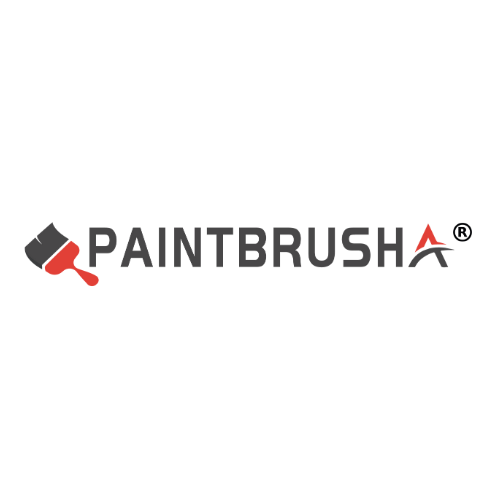In the wet painting method, the key points of using oil brushes mainly include the following aspects:
First, choose the right oil painting brush
Bristle material: For wet painting, natural brushes (such as wool, horsehair, etc.) are the ideal choice. They can absorb and retain pigments very well, which helps to achieve soft transitions and blurred edge effects.
Bristle shape: Select the appropriate bristle shape based on the painting requirements. For example, flat brushes are suitable for large-scale coloring, while round-tipped brushes or pointed-tipped brushes are more suitable for detailed painting.
Brush bristle quality: Choose an oil painting brush with tight bristles that are not prone to forking and have good elasticity to ensure smoothness and effect during the painting process.
Second, key points for use
Control the amount of pigment:
In the wet painting method, the pigment usually remains in a moist state. When using an oil brush, the amount of paint should be well controlled to avoid either too much or too little. Too much pigment may cause the picture to be too heavy, while too little pigment may fail to achieve the desired effect.
Tap the screen:
When adding the pigment layer, you should gently “touch” the picture to avoid applying too much pressure to the brush. Excessive pressure may cause the new colors to blend completely with the existing ones, resulting in dirty colors or spoiling the layering of the picture.
Quick connection
The wet-drawing technique emphasizes the connection while it is still wet. Therefore, when using an oil brush, one should paint quickly on the moist paint to achieve a soft transition and a natural blend effect.
Flexibly change the brushstrokes:
According to the painting requirements, flexibly change the direction and force of the brushstrokes. For instance, different brushstroke techniques such as flat coating, dot coating and sweep coating can be employed to present various textures and effects.
Pay attention to color matching:
In wet painting, the fusion and transition between colors are very crucial. Therefore, when using an oil brush, one should pay attention to the matching and coordination of colors to avoid overly jarring or muddled hues.
Third, maintenance and upkeep
Timely cleaning
After using the oil painting brush, it should be cleaned in time with turpentine or a special cleaner to keep the bristles clean and soft.
Store properly
After cleaning the oil painting brushes thoroughly, dry them and store them in a dry and well-ventilated place, avoiding direct sunlight or damp environments.
Regular inspection
Regularly check the condition of the bristles of the oil painting brush. If there are any forks, detachment or deformation, repair or replace them in time.
Fourth, practical skills
Practice hand feel
Before using an oil brush for wet painting creation, you can first practice on an old canvas or paper to get familiar with the feel of the oil brush and the characteristics of the paint.
Observation and Learning
Observe the wet painting works and painting processes of other painters, learn their techniques and experiences, and improve your own painting skills.
Have the courage to try
Don’t be afraid to try new techniques and color combinations. Through continuous attempts and practices, you can gradually master the essence of wet painting and create works with unique charm.
To sum up, the key points of using oil brushes in wet painting include choosing the right oil brush, controlling the amount of paint, gently touching the canvas, quick transitions, flexible changes in brushstrokes, paying attention to color matching, as well as maintenance and care. By mastering these key points and practical skills, you can better use oil brushes for wet painting creation.
